Featured News
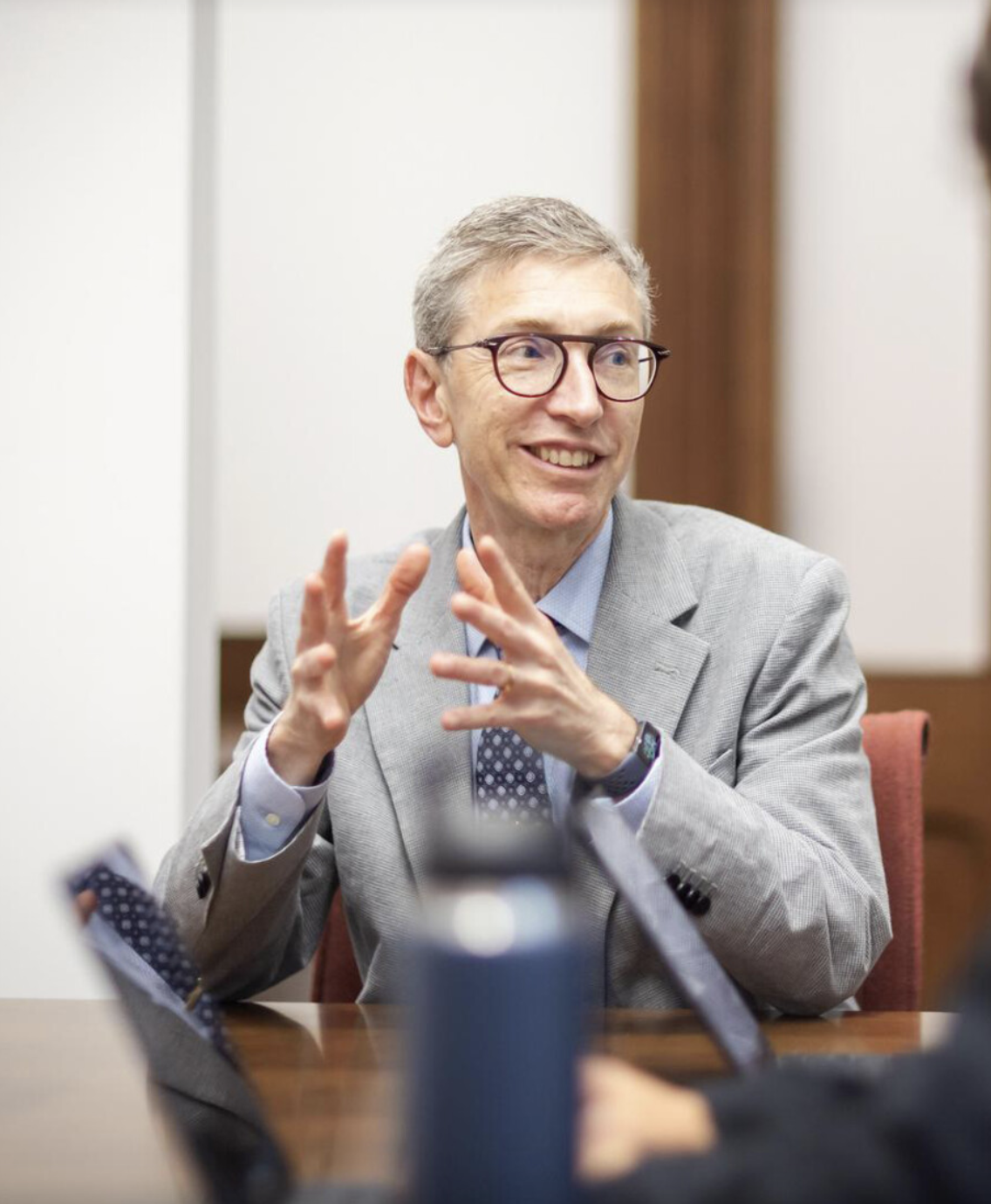
Russell Composto talks leading Penn Forward’s Undergraduate Education and Innovation working group
In a Q&A, Russell Composto, vice provost for undergraduate education and chair of Penn Forward’s Undergraduate Education and Innovation working group, talks about the guiding principles of the team and what it means to think boldly about the future of the undergraduate experience at Penn. Read more
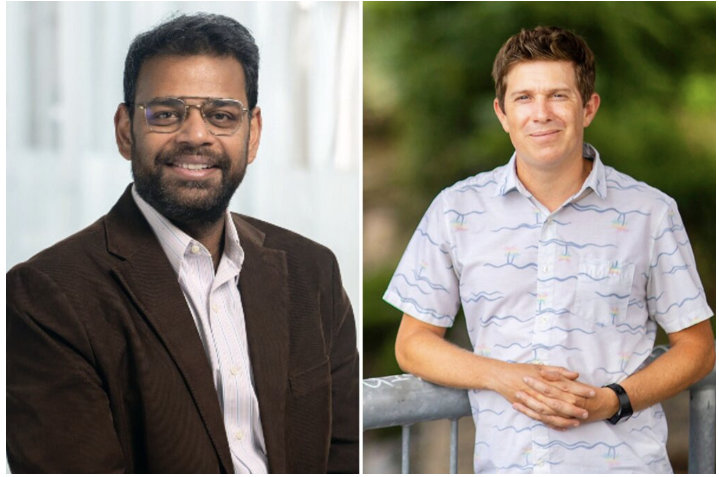
Two Penn Faculty Elected American Physical Society Fellows
Ritesh Agarwal of the School of Engineering and Applied Science and Douglas Jerolmack of the School of Arts & Sciences and Penn Engineering have been elected to the 2025 class of American Physical Society (APS) Fellows. Read more
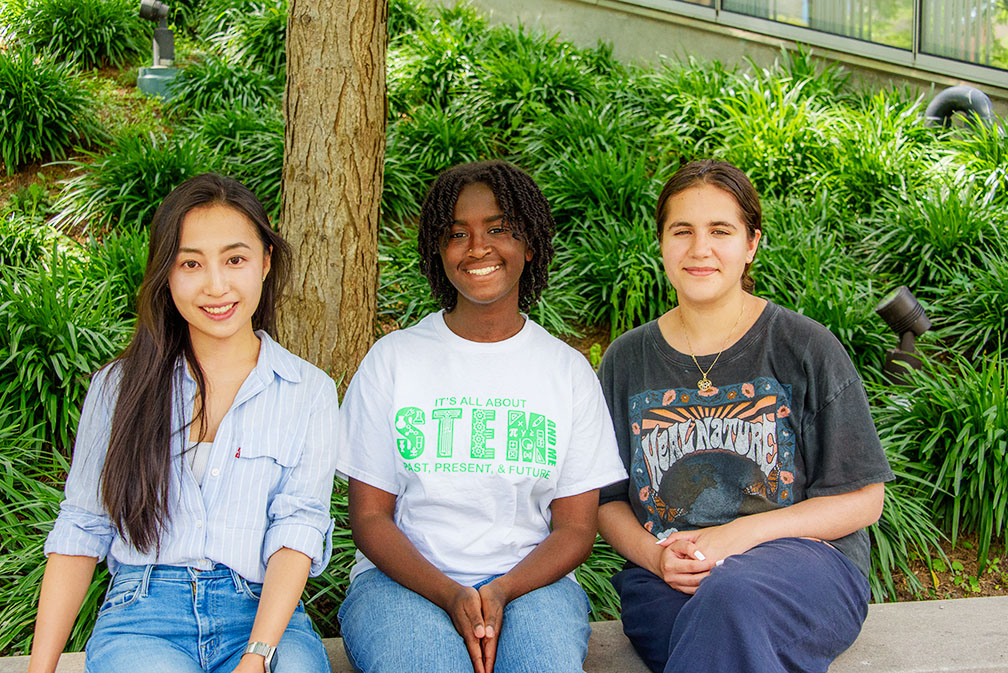
Students test one way to combat extreme heat in Philadelphia
While completing research in the Composto Lab, third-year students Nafisa Bangura and Angelica Dadda, expanded upon a multidisciplinary research collaborative endeavor with members of the Weitzman School of Design and the City of Philadelphia to evaluate a reflective pavement coating as a tool to mitigate extreme heat. Their work may inform policy efforts to improve urban heat resilience.

Russell Composto announced as Vice Provost for Undergraduate Education
Howell Family Faculty Fellow Russell Composto of Materials Science and Engineering has been named Vice Provost for Undergraduate Education at the University of Pennsylvania. In this new role, he will help shape university-wide strategy and support for graduate education as part of the university’s academic leadership team. Read more.

Study from Vining Lab Uncovers What the Biological Makeup of Teeth Can Teach Us
A new American Chemical Society, ACS Applied Materials & Interfaces, study from Kyle Vining, Assistant Professor in Materials Science and Engineering and Penn Dental Medicine, along with fellow Penn researchers, reveals how enamel and dentin offer clues to rare craniofacial disorders.Read more.

Shoji Hall Works at the Electrifying Edge Between Materials Science and Chemistry
Shoji Hall, who joined Penn Engineering as an associate professor in Materials Science and Engineering (MSE) in January 2025, is focused on the chemistry of transformation: specifically, how electricity can be used to break and form chemical bonds at the interface between solids and liquids, a process called electrocatalysis. His work sits at the intersection of chemistry, materials science and sustainability. Read More.

SEAS Commencement Keynote Speaker - MSE Alumni Dafni Bika (GR '92)
Dr. Dafni Bika (GR ’92), Senior Vice President and Global Head of Pharmaceutical Technology and Development at AstraZeneca, will deliver the keynote address at the 2025 SEAS Commencement Ceremony on Thursday, May 15, at Irvine Auditorium. With over 25 years of leadership in pharmaceutical development and a Ph.D. in Materials Science and Engineering from Penn, Dr. Bika brings a wealth of experience and insight to this year’s celebration. Read More.
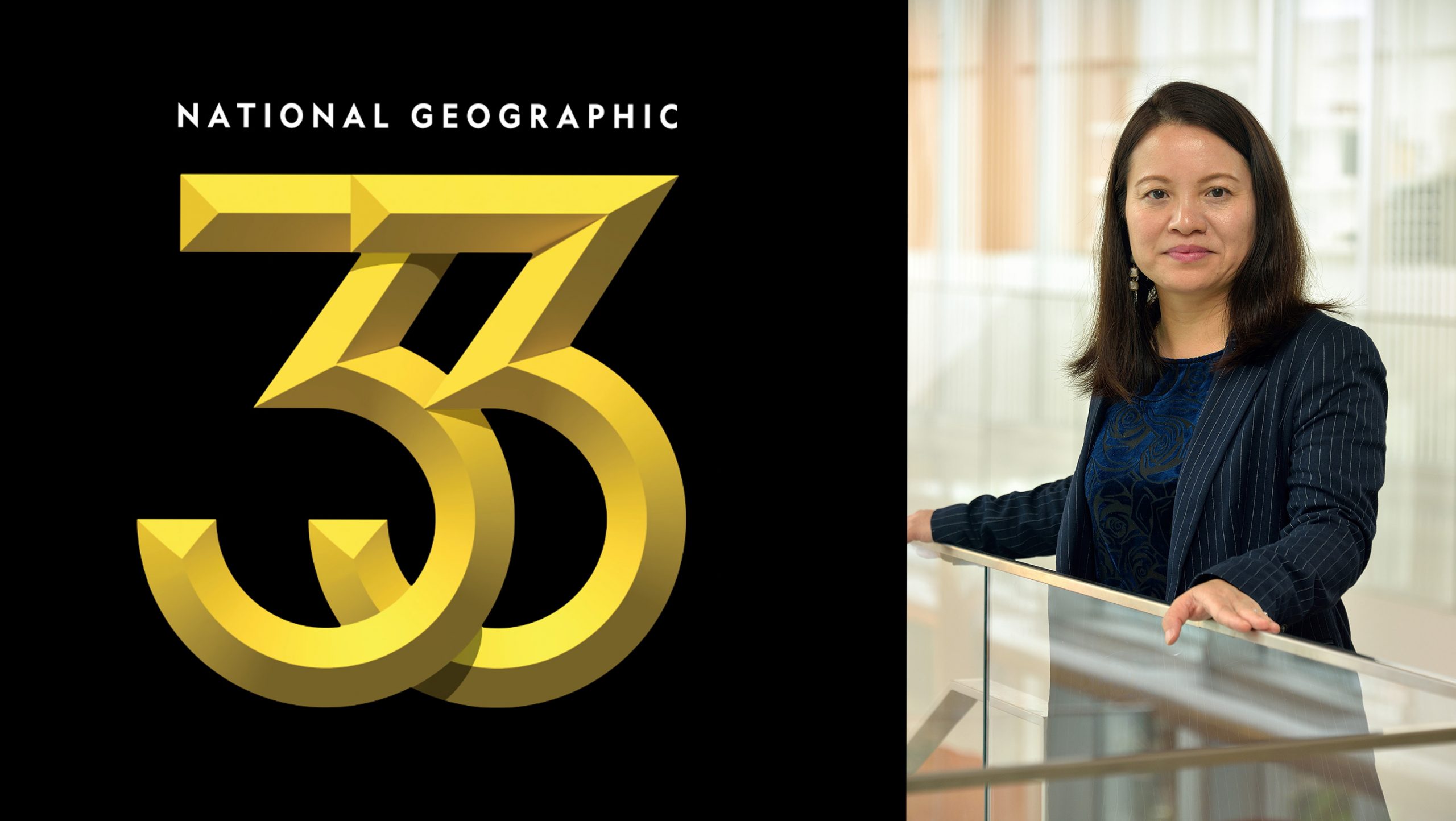
Shu Yang included among National Geographic's Inaugural List of the Top 33 Changemakers
National Geographic 33, a collection of visionaries, creators, icons, and adventurers from across the globe includes the Department of Material Science and Engineering Professor and Chair, Shu Yang, for her groundbreaking collaborative research and inspiring commitment to finding solutions to today’s global crises. Read More.

Christopher Madl Receives $2M NIH Grant to Investigate Cellular Responses to Mechanical Cues in Tissue Development and Disease Progression
Christopher Madl, Assistant Professor in Materials Science and Engineering, has been awarded the prestigious Maximizing Investigators’ Research Award for Early Stage Investigators (MIRA) National Institutes of Health (NIH) grant to advance his pioneering research on the role of mechanical signals in cellular behavior. Read More.

Vanessa Chan bridges the gap between innovation and the market
The Jonathan and Linda Brassington Practice Professor in Materials Science and Engineering is the inaugural vice dean of innovation and entrepreneurship at Penn Engineering. Read more.

Kyle Vining Receives $2M Award from NIH to Investigate How Extracellular Mechanics Affect Immune Cells
Kyle Holmberg Vining, DDS, PhD, Assistant Professor in Preventive and Restorative Sciences at Penn Dental Medicine with a joint appointment in Materials Science and Engineering at Penn Engineering, has been awarded a $2 million Maximizing Investigators Research Award for Early-Stage Investigators grant from the National Institute of General Medical Sciences (NIGMS) at the National Institutes of Health (NIH). Read more.

Qubits to qudits: Using quantum mechanics to transmit information more securely
Penn (Liang Feng Group) and CUNY researchers collaborated to develop a device that uses quantum principles to relay information securely—an advance that could improve encryption in critical service areas like banking and health care. Read more.
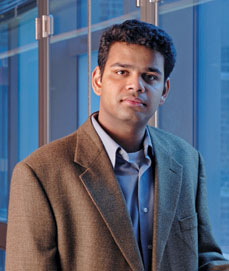
An idea rooted in ‘twistronics’ yields an electrifying, ‘dizzying’ outcome
In a study published in Nature Magazine, Penn Engineering and Penn Arts & Sciences, Professors Ritesh Agarwal, Penn Materials Science and Engineering. and Eugene Mele, Physics and Astronomy, investigated spirally stacked tungsten disulfide (WS₂) crystals and discovered that, by twisting these layers, light could be used to manipulate electrons. The result is analogous to the Coriolis force, which curves the paths of objects in a rotating frame, like how wind and ocean currents behave on Earth. Read more.
MSE News
Scaling Up: How AI Month 2025 Brought Big Ideas to Life at Penn Engineering
04.28.2025 | Read More
Five Penn Faculty Elected to the American Academy of Arts and Sciences
04.24.2025 | Read More
New 3D-Printing Method Enables Color-Changing, Stress-Responsive Materials for Smart Sensing, Displays and Robotics
04.22.2025 | Read More
MSE Events
MSE Seminar : “Semiconducting Materials for Opto/Bioelectronic Applications; Chemistry, Processing and Device Engineering” Antonio Facchetti – Georgia Institute of Technology
MSE PhD Thesis Defense: “Rheology and Clogging Study of Filamentous Suspensions: Bridging Microscopic Dynamics and Macroscopic Behaviors”
MEAM Ph.D. Thesis Defense: “Exploring Self-Assembly of 2D Materials: Insights from Graphene Auto-Kirigami”
Announcement
What is Materials Science?
Understanding the behavior of materials has given rise to countless innovations and breakthroughs ranging from stone tools, which led to the discovery of fire in the prehistoric period, to silicon chips and silicon solar cells in our modern era. In a broad sense, materials science involves studying the synthesis, processing, structure, properties and performance of materials.
Learn More

